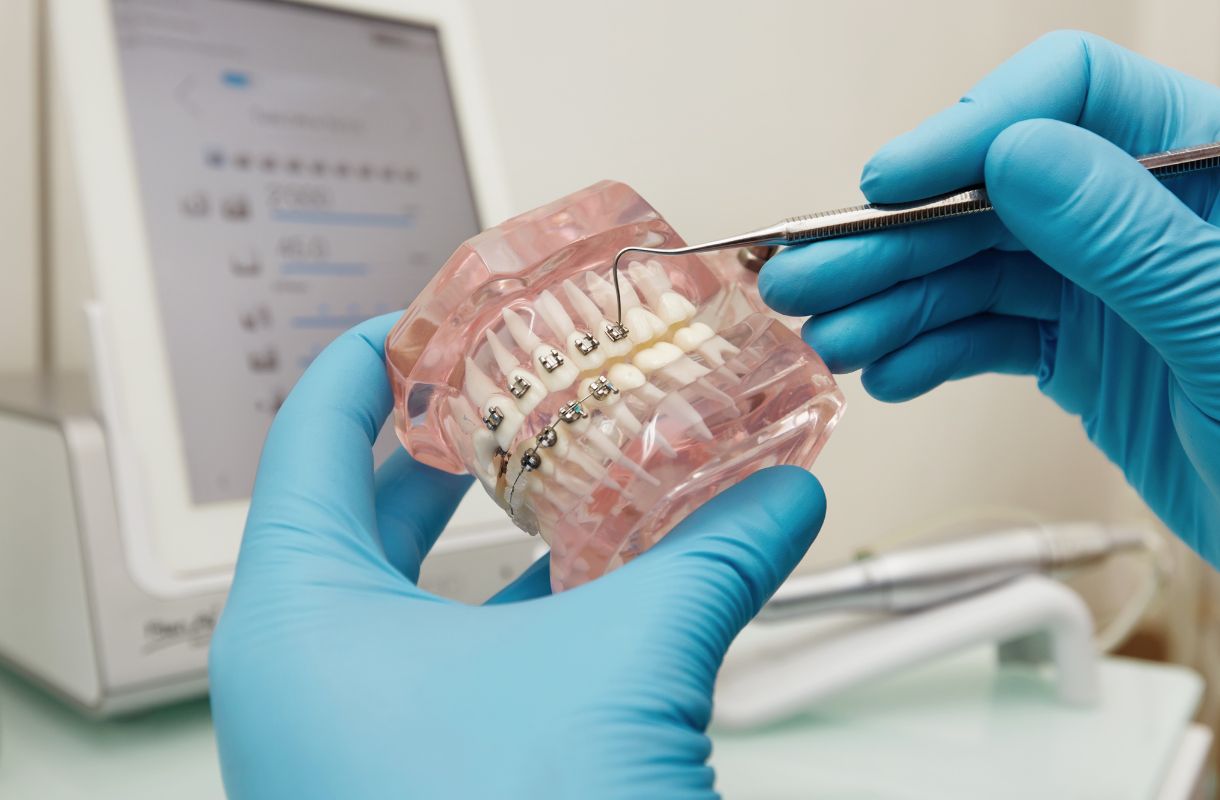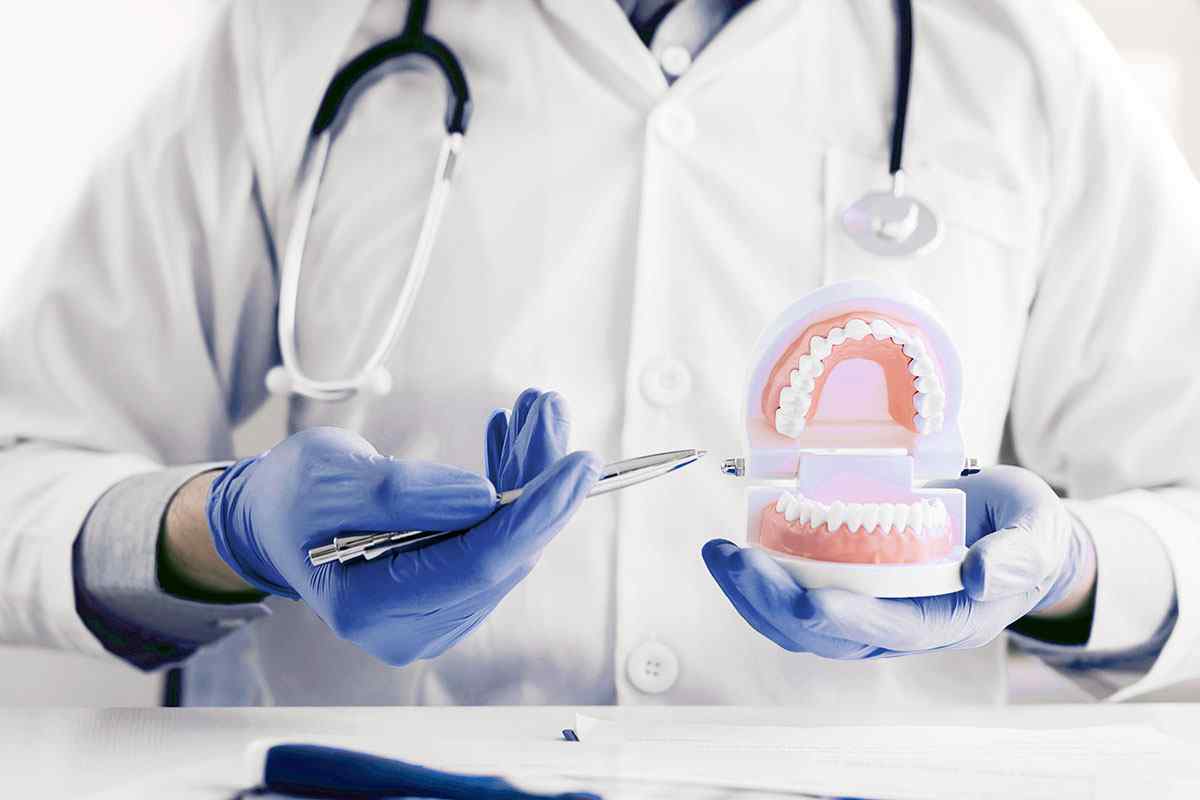Dental Crowns:
Zirconia, the Modern Choice
Dental crowns have come a long way, evolving from traditional materials like stainless steel, porcelain, and gold to the cutting-edge zirconia.
This relatively newer ceramic material combines the strength of metals with the natural look of porcelain, making it an increasingly popular choice for esthetic dental restorations.
Types and Indications of Zirconia Crowns
Zirconia crowns can be fabricated from solid opaque zirconia, high translucent zirconia, or layered zirconia, each with its own advantages:
- Solid zirconia, or monolithic zirconia, is opaque, durable, and withstands chewing and grinding forces, making it suitable for posterior crowns, especially for patients who grind their teeth. It requires minimal clearance, reducing wear on opposing teeth.
- Layered zirconia is more translucent and opalescent, making it ideal for anterior crowns. It can also be used for posterior crowns if there is sufficient clearance.
- Zirconia HT (High-translucent) vibrant zirconia is strong, naturally esthetic, and matches the color of adjacent teeth perfectly. It is suitable for bridges up to 3 units in length and can save chairside time as shading liquids, special glazing, and drying are not necessary due to its inherent fluorescence.
Procedure: Same-Day Crowns with CEREC
The process of getting a zirconia crown has become more efficient with the introduction of CEREC® technology. During your dental appointment, the dentist captures images of your teeth and designs the crown using specialized software. The scanned data is then used to mill, sinter (bake at high temperatures to harden the zirconium), and polish the customized crown, ensuring a precise fit that requires minimal to no adjustments after cementing.
Advantages |
Disadvantages |
| Accurate color matching to natural teeth due to translucency and available shades | Potential wear of opposing teeth due to toughness |
| Precise fit through CAD/CAM technology, saving time and improving patient comfort | Difficulty in caries detection, requiring frequent check-ups |
| Less tooth preparation required, preserving more natural tooth structure | Higher cost compared to other materials |
| Can be layered with porcelain for enhanced aesthetics, especially in anterior teeth | Limited translucence, more suitable for posterior teeth |
| No darkening around the gingival area due to metal-free composition | |
| Biocompatible and smooth surface leads to low plaque accumulation | |
| Flexible bonding or cementation options | |
| Quick turnaround due to prefabricated blocks | |
| Low thermal conductivity reduces sensitivity to heat or cold | |
| Resistant to stains | |
| Easy modification of shape and color | |
| Durability up to five times stronger than porcelain |
Get In Touch With Us
Call us
+91 9676100045 - Punjagutta
+91 7702425551 - Hitech City
+91 7702425551 - Hitech City
Email us
reception@smiline.com
Book An Appointment
Book a visit to Smiline, simply fill out the form below and we will contact you back regarding the intervention you require.




